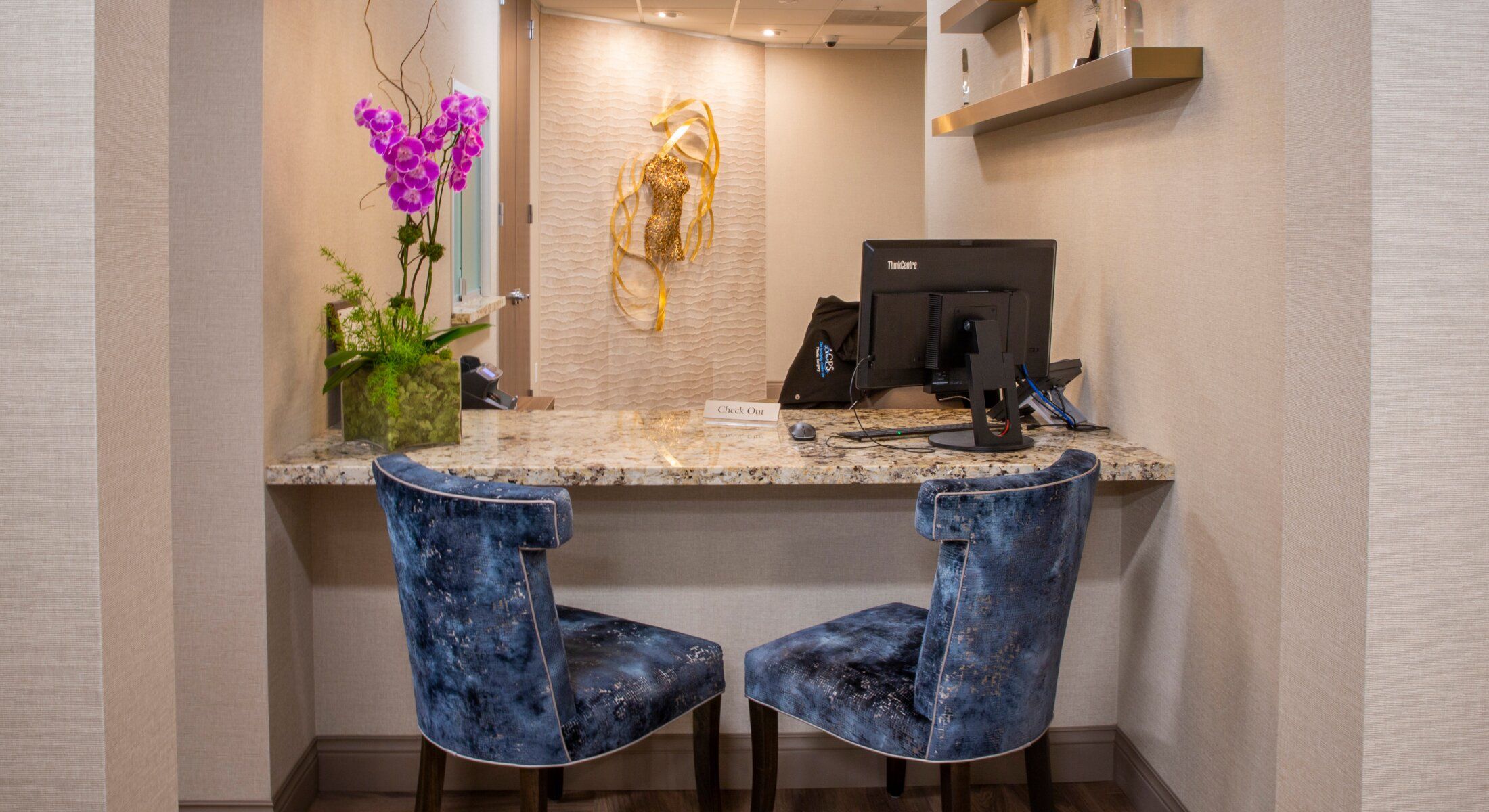




Rhinoplasty isn’t usually a spontaneous decision. It’s something people think about for months or even years. A certain angle in photos starts bothering them. Or they notice their nose pulls focus when they’re on video calls. Sometimes, breathing is the real issue—a lifetime of congestion or difficulty sleeping due to airway issues. Whatever the reason, the thought keeps coming back.
When someone starts researching rhinoplasty, they quickly realize there’s a lot to consider: technical terms, versions of the procedure, timelines for healing, risks, revision rates, and cost… it can feel like a lot.
With more than twenty years in facial plastic surgery, Dr. Paul F. Fortes has guided thousands of patients through these decisions. For years, he’s helped his patients sort out what matters, what doesn’t, and what’s realistically possible for their features. In this guide, he’ll break down the process into clear steps—from the initial consultation to what recovery looks like week by week. The goal is simple: remove the guesswork, reduce uncertainty, and make it easier to picture what will actually happen.
A rhinoplasty consultation is more than pointing to a photo and saying, “I want this nose.” Facial anatomy plays a major role. The nasal bones, cartilage, skin thickness, and the balance of your facial shape all influence what outcome is possible.
During the consultation, you’ll talk through your goals and review digital imaging. This helps you and your surgeon identify the shape and proportions that feel right for your face. Be honest about what bothers you—a bump along the bridge, lack of projection, or a droop at the nasal tip. Whatever it is you have attention on and want addressed, the key is realistic expectations about what can be done.
Once you schedule your rhinoplasty, you’ll receive some instructions on what you'll need to do to prepare. That includes data about what medications, skincare, and supplements to take and any you should avoid. Plan to take time off work; most patients need one to two weeks of downtime.
This is also when you arrange practical details like rides to and from the operating room and help at home during the first 24 hours. Many patients are surprised at how emotional the week before surgery can feel—excitement mixed with anxiety is normal. Questions come up, especially at night. Your surgeon will review your concerns at your follow-up appointments and help set expectations so you go into surgery feeling prepared.
Rhinoplasty can be performed as open rhinoplasty or closed rhinoplasty:
The technique is based on what the surgeon needs to address. Structural refinement, airway correction, or reshaping of cartilage may be easier with an open approach. Subtle contouring or small adjustments may be better suited for closed rhinoplasty.
Most rhinoplasty surgeries are performed under general anesthesia as an outpatient procedure. You’ll go home the same day with detailed instructions for the first few weeks of healing.
Rhinoplasty results are long-lasting, and with proper care, the improvements can remain stable for years. The healing process is slow, but worth it.
Dr. Fortes adds: “Swelling can make patients second-guess things early on. But the shape becomes clearer every day.”
“Rhinoplasty is a marathon, not a sprint,” Dr. Fortes notes. “Patience leads to a successful recovery and results you'll love!”
Rhinoplasty requires patience—not just physically, but emotionally. Some people expect a dramatic transformation or believe changing their nose will change their entire self-perception. A good plastic surgeon will slow the process down if expectations don’t align with reality.
It may not be the right time if:
“When someone tries to solve an emotional feeling with a surgical outcome, it can lead to disappointment,” Dr. Fortes explains. “The best results happen when the patient has clarity about their goals.”
Rhinoplasty involves anatomy, aesthetics, breathing, and function. On top of that, it's a very emotional decision. Once you understand the steps, the mystery fades. You can make a decision with clarity and confidence.
“You don’t have to know everything when you walk into the consultation,” Dr. Fortes says. “That’s what we’re here for. We guide the process together.”
When patients break it down step by step—consultation, preparation, surgery, recovery—the decision becomes less overwhelming. It becomes manageable. And eventually, it becomes empowering.
“We don’t rush things,” Dr. Fortes says. “You should feel confident and informed about your decision. It’s your nose! You know best!”
Many people find their way to rhinoplasty after years of thinking about it. What often makes the decision easier is meeting someone who treats the process with the same seriousness they do. That’s the experience most patients describe when they meet Dr. Paul F. Fortes.
Dr. Fortes is board-certified and has more than two decades of surgical training and practice. He listens closely, studies a patient’s features carefully, and explains what’s achievable without overpromising. His philosophy is simple: every result should feel like it belongs on the person wearing it. He talks openly about safety, planning, proportion, and how small refinements can make a face feel more balanced. Patients value that combination of technical skill and artistic eye, but also the feeling that their concerns are taken seriously.
For anyone considering rhinoplasty, that philosophy—precision, honesty, and a deeply individual approach—is why so many people choose Dr. Fortes to guide them through the process.